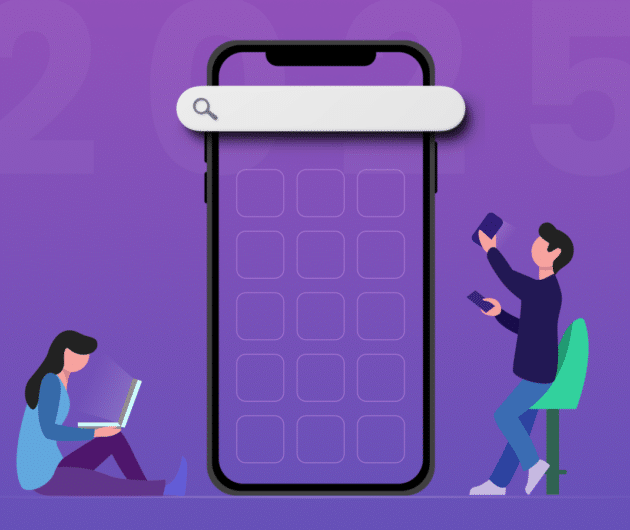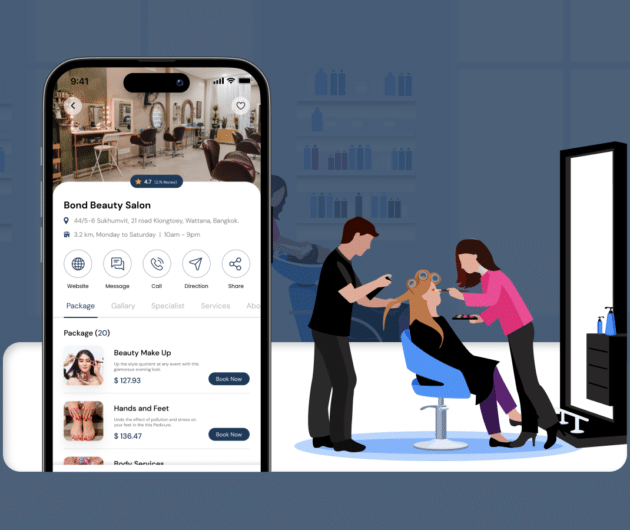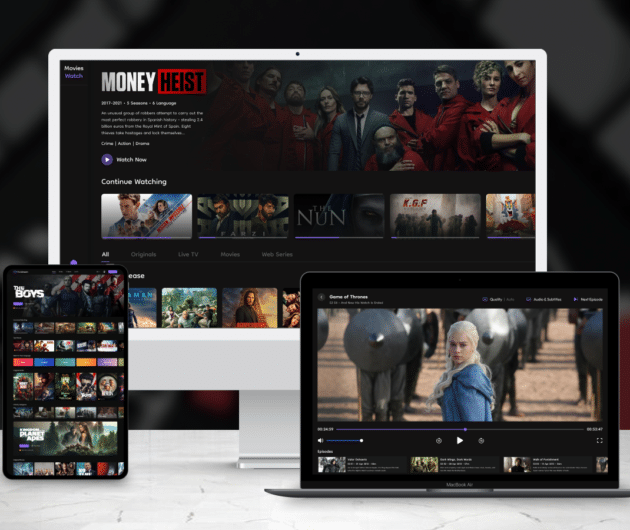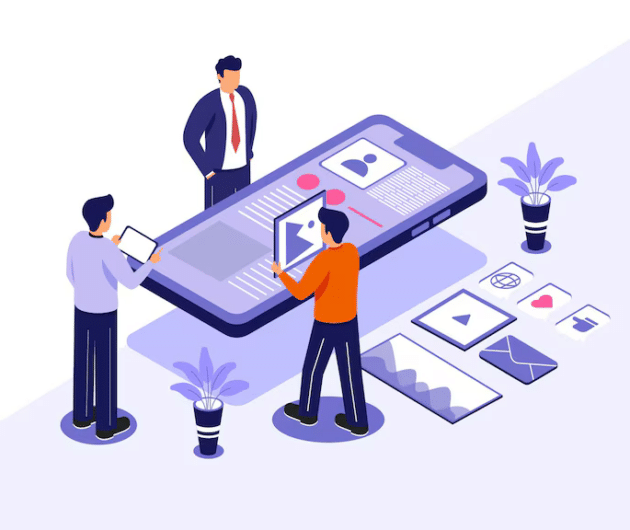How Machine Learning is Changing The Way of Internet of Things (IoT) Analysis

-
Ankit Patel
- December 10, 2018
- 4 min read
Welcome to the world of intelligent machines or the Internet of Things (IoT).
Now, your thermostat knows how much temperature has to be set in your home, the air conditioner switches on as soon as you enter your room, and your fitness tracker counts how much calories you have burnt in a day.
But, how would it be if the machines got a lot smarter along with intelligence?
Now, the air conditioner knows that it is hot outside and adjusts the temperature accordingly. The fitness tracker knows that it is winter and you need to burn extra calories. All these become possible with machine learning.
• What is Machine Learning?
Machine learning is simply creating algorithms and feeding it to the machines so that it can give the output from experience without being explicitly programmed. The machine learning tasks can be-
1. Supervised learning – In supervised learning, the input is fed for the desired output. For example, a set of emails is fed into the computer to segregate those sent from a particular user.
2. Unsupervised learning – In unsupervised learning, the input is the data and there are no desired outputs. This is used to find patterns in volumes of data and for categorization.
3. Reinforcement learning – In reinforcement learning, the output is based on the previous actions in an environment. The focus here is on exploitation and exploration of situations.
• Why IoT matters?
IoT is just the connection of your device to the internet so that it is able to send and receive signals.
Take, for example, your virtual assistant, Alexa. You request it to play your favorite song. That song is not stored in it. The Internet of Things (IoT) in it is programmed to search for the song elsewhere and play it for you. This is just a basic example.
The IoT platform enables the device to observe, identify, analyze a situation or surrounding and provide the necessary output without being dependent on human help.
The IoT platform integrates data and applies analytics to share the information with the application. IoT has found its use in every field in homes and industries.
• IoT and Machine Learning

The IoT devices have sensors in them where the data is sent and received. These data have to be analyzed for a better output. With machine learning, the created analytical models are fed data to constantly learn and improve from it. If your IoT device has to function efficiently, it has to process and analyze the information stored in the Big Data.
So, when you ask Alexa to play your favorite song, it may have difficulty in interpreting it. But by constantly learning and improving, it finally gets the desired output or tries to get it faster and better, the next time. All this happens by machine learning. In short, machine learning helps the IoT device to make smart decisions.
• Machine learning for IoT analysis
1. Data Management:
The large data obtained cannot be managed by humans. Its analysis becomes more challenging. Machine learning not only manages and segregates the voluminous data but also searches for patterns and the possible outcomes. It weeds out the unnecessary data that may otherwise interfere with the outcome probabilities.
2. Automation of data:
With the humongous amount of data, it becomes difficult for humans to study, analyze and interpret the data for patterns and anomalies. With a large amount of generated and received data, its various possible factors and variables that can result in the desired output will lead to data automation. In other words, the data is analyzed for a particular output.
3. Predictions:
With exabytes and petabytes of data transferred over the net in a certain amount of time, selecting, recognizing, sorting, and processing it to make meaningful and comprehensive predictions is possible only by machine learning. By constantly recognizing the patterns and updating the algorithms, the machine learning is able to predict the outcomes based on the inputs.
4. Prescriptions:
If machine learning can predict the outcome, then, it may as well know what inputs should be given to get the desired output. This makes IoT more efficient. It means that the input factors and parameters are already predefined so that the desired outcome is achieved. This is similar to what we mentioned before in the example. If your air conditioner already knows that it is hot outside, it will cool the room accordingly. That means IoT changes the input temperature settings to the AC so that the desired output is achieved.
5. Anomaly Detection and Prevention:
Other than predictions and prescriptions, prevention is also done by machine learning for Internet of Things analysis. What if your AC does not work properly and your room gets cooled even in winter? Then, you would want the machine learning algorithm to find such anomaly and send signals to your IoT connected device like your mobile. Machine learning, hence, is also used for anomaly detections and its prevention.
6. Collaboration:
Humans cannot be replaced by machine learning algorithms. Their guidance and feedback are necessary so that IoT can function effectively. Machine learning in IoT analysis can be used to leverage the outcome and efficiency. At the end of the day, humans are humans and machines are still machines.
• The flipside of machine learning in IoT
1. Data Privacy: With such a huge amount of data and its analysis, there are chances that your personal information can be hacked and used by others for malicious attacks. Already reeling under the data misuse, all organizations fear that data privacy may be a tough thing to manage in spite of stringent privacy laws being enforced.
2. Vulnerability: With all the actions based on the analysis of machine learning, humans are left at the mercy of machines when a fault occurs. It becomes too risky when machine controls human actions and the humans are incapable of escaping out of it.
3. Power collapse: When a system failure occurs, all the interconnected devices fail to function and problems overlap causing a chain of reactions to follow. Here the point is to build IoT that is dependent on machine learning analysis but can function on its own when necessary.
Know that the key to developing smart IoT application lies in processing and analysis of the Big Data. This challenge can be effectively counteracted by machine learning. A better machine learning algorithm means that you are able to extract a higher level of information and apply it to the IoT device.
While machine learning is not the sole factor that contributes to the success of IoT, you know that it is a contributive factor and that too, an important one.
You may also like
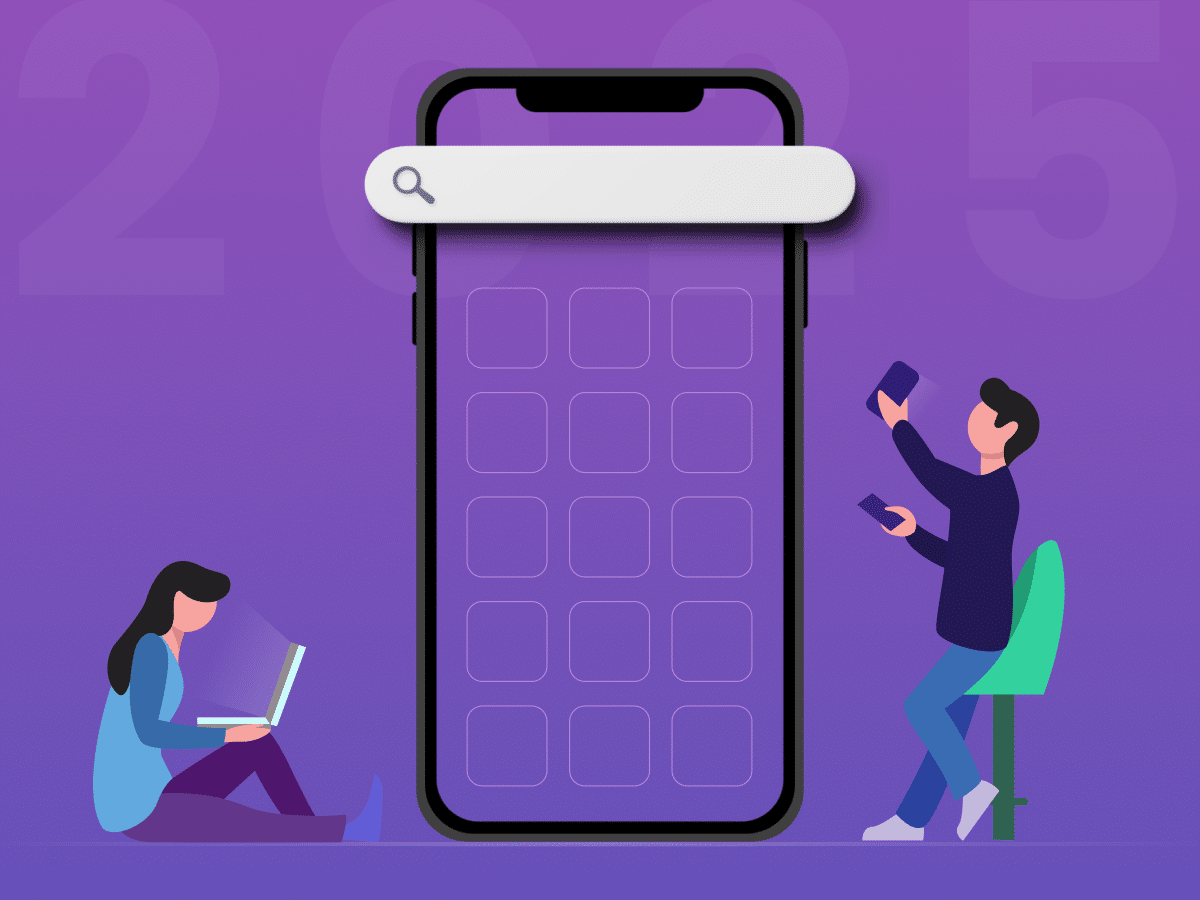
How to Choose the Right Mobile App Development Company
-
Ankit Patel
Imagine this: you’ve got a brilliant app idea that could revolutionize your business, take it to new heights, and transform your entire customer experience. But without the right team to… Read More
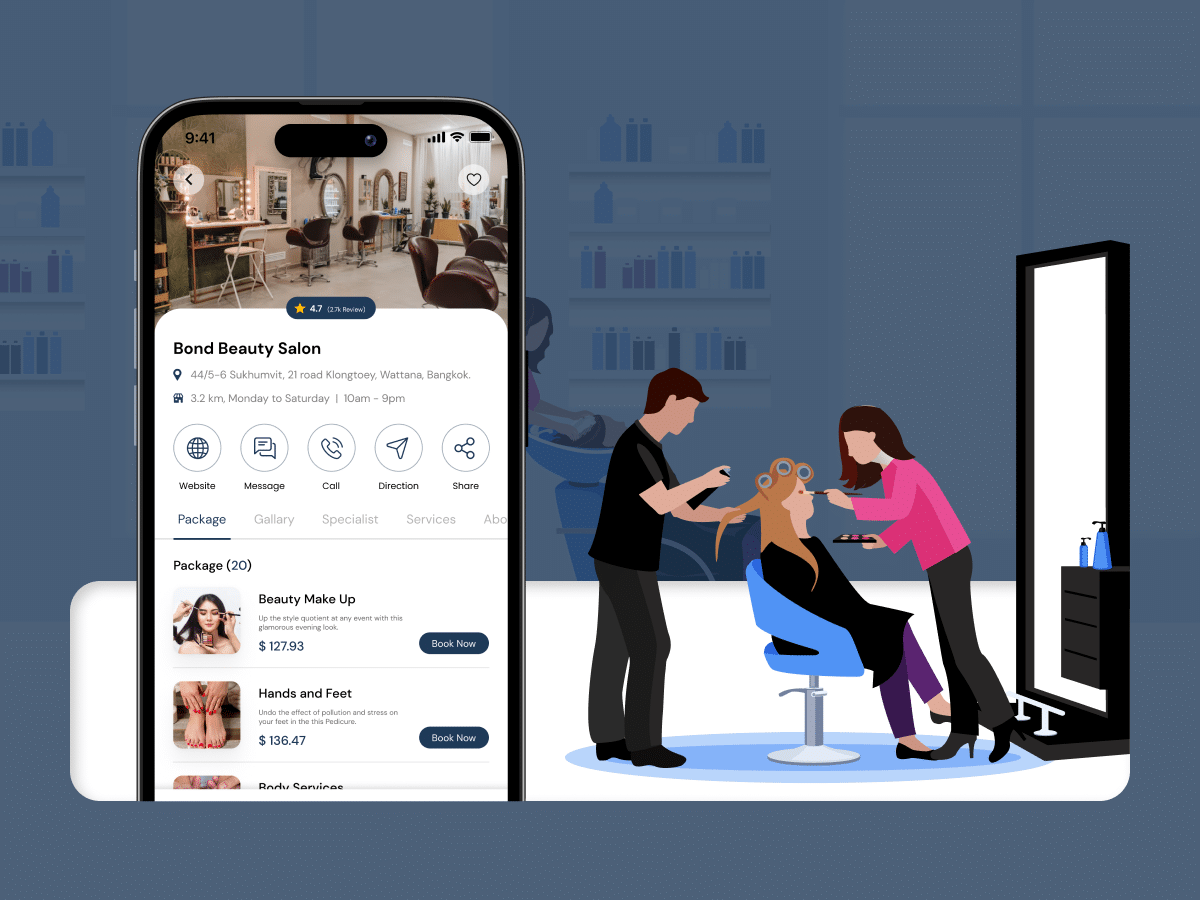
How Much Does it Cost to Build a Salon Booking App like Fresha?
-
Ankit Patel
We all have witnessed the buzz in the world of beauty & wellness, and it’s booming every day thanks to the fast-paced and stressful lifestyle. In an era where time… Read More

A Complete Guide to Hotel Booking App Development With Cost
-
Ankit Patel
Whether it’s a corporate business trip or a relaxing vacation with friends, finding the right hotel at the right time and a seamless hotel booking experience is not a luxury… Read More

